How to build a drum 'n' bass breakbeat
Let's use a virtual drummer to engineer our own retro breakbeat

While familiar Funk breaks will always be an intrinsic element of DnB, the decision to use one can restrict your creativity somewhat. An alternative option is to engineer your own 'classic' breakbeat, enabling precise control over every drum element from the ground up.
Begin with one of the many drum ROMplers out there (or mic up and record a real drum kit), fill out the kicks and snares with processing or synthesised layers, process the overhead and room signals independently, then group everything together for a final round of retro-style processing. Draw for flavoursome saturation and compression if you're aiming for a vintage tone, and even layer vinyl noise underneath everything to replicate the sound of a dusty, sampled break.
For on producing DnB breaks, rinse Future Music 292, which is on sale now.
Step 1: Set your project tempo to around 150bpm, then program a basic two-step beat using a drum ROMpler such as Addictive Drums 2 or Superior Drummer 2. By routing the individual outputs to separate tracks in your DAW, you'll be able to process each drum part independently.
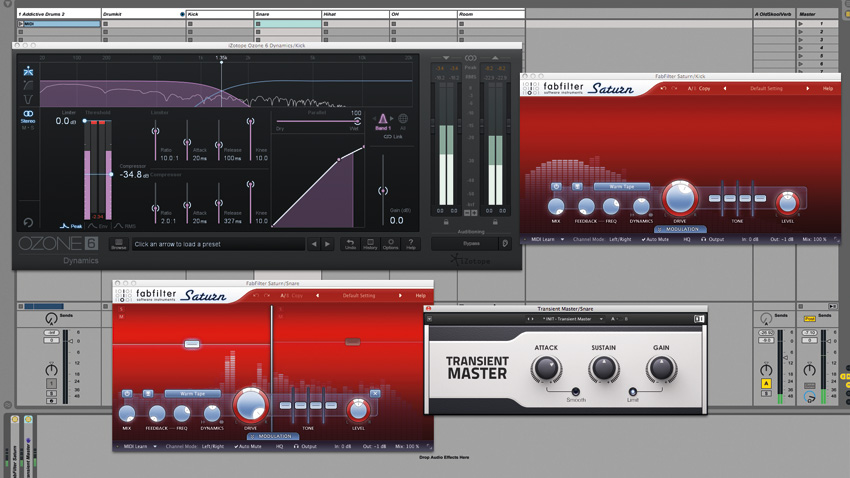
Step 2: First, ensure the bass drum and snare signals punch through the mix. We apply multiband compression and saturation to the kick, tightening its low-end while adding harmonics. The snare's treble is distorted in isolation, then the sound's attack is accentuated with a transient processor.
Dry
Processed
Get the MusicRadar Newsletter
Want all the hottest music and gear news, reviews, deals, features and more, direct to your inbox? Sign up here.
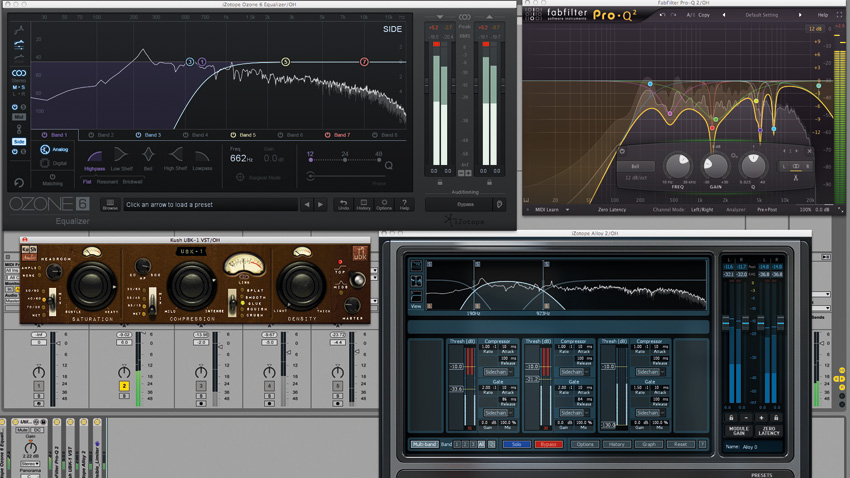
Step 3: We've narrowed the width of the room and overhead signals (for an old-school sound), removed resonances with drastic EQ, then smashed the overheads' dynamics with characterful compression. Use multiband gating to tighten up the low-end of the overheads and thin out the signal.
Overheads dry
Overheads narrower
Slammed with UBK-1 plugin
Gating and limiting
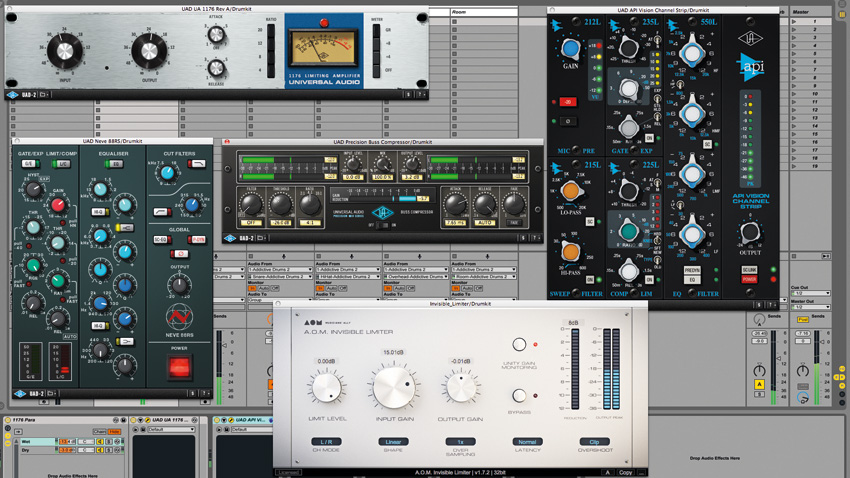
Step 4: Group the kit's individual channels to a single buss and apply heavy analogue-style processing to turn the clean drums into a retro-sounding breakbeat sample. At this stage, feel free to experiment and have fun with your own EQ, compression and distortion flavours.
Break before processing
Processed break
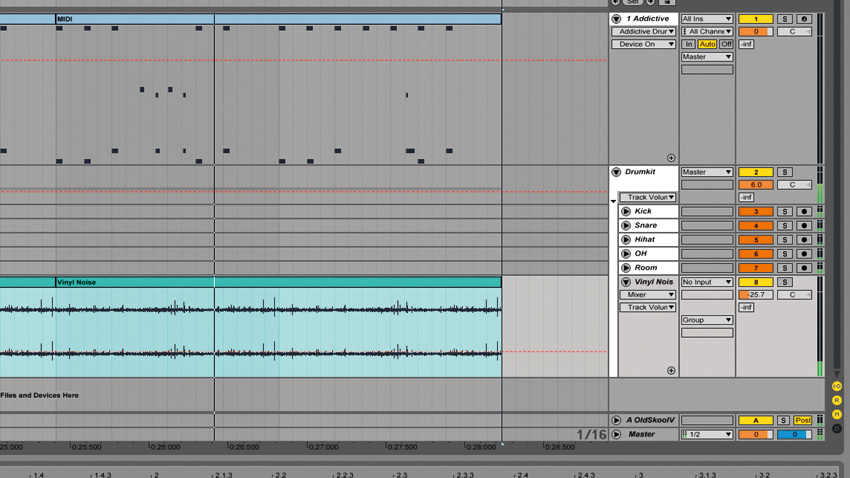
Step 5: For a truly 'sampled' tone, place a sample of vinyl noise on a new channel underneath the drums. Route this channel into the drum buss: the crackles and pops react to the compression along with the drum signal. Render the break to an audio file.
Processed break with noise
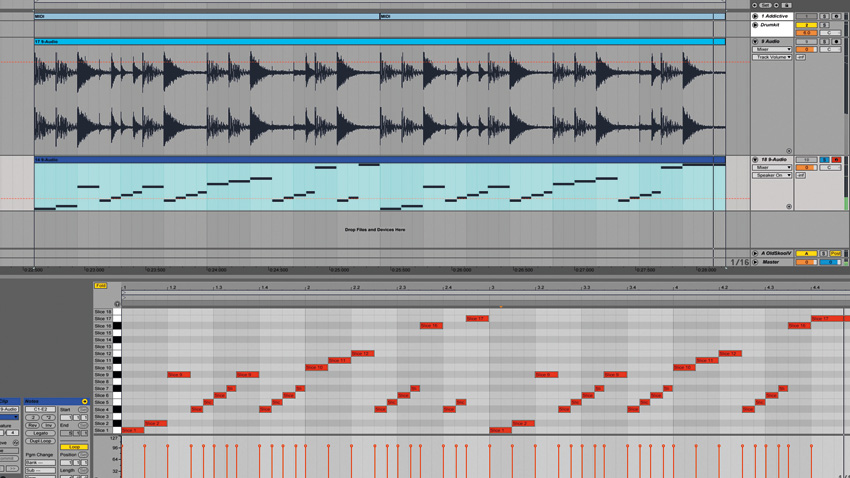
Step 6: You can now 're-pitch' your new break up to speeds of around 170bpm for an obvious jungle/DnB sound. Alternatively, slice the break up and resequence the individual hits using a sampler, then use its Transpose control to pitch them up - as we've done here.
Repitched to 170bpm
Pitched and rearranged - 170bpm
Future Music is the number one magazine for today's producers. Packed with technique and technology we'll help you make great new music. All-access artist interviews, in-depth gear reviews, essential production tutorials and much more. Every marvellous monthly edition features reliable reviews of the latest and greatest hardware and software technology and techniques, unparalleled advice, in-depth interviews, sensational free samples and so much more to improve the experience and outcome of your music-making.










